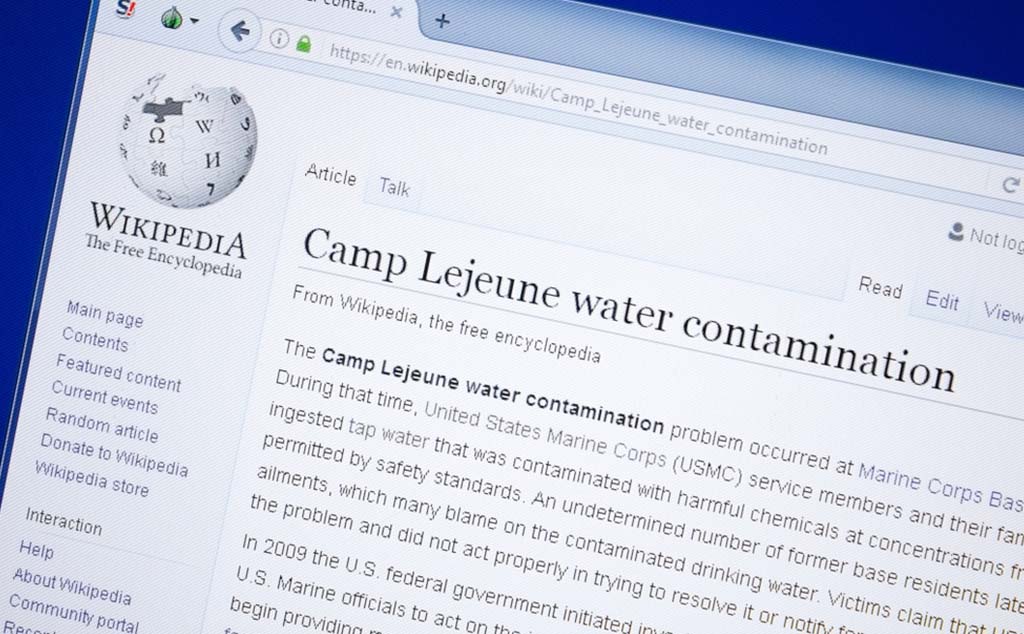Become a Social Media Influencer and Get Paid
Make money with platforms like Instagram, Twitter, Snapchat, and TikTok. Check out these opportunities to get paidfrom the comfort of your home and have the lifestyle you want. Social media platforms have revolutionized how people connect, share, and market ideas. For aspiring influencers, platforms like Instagram, Twitter, Snapchat, and TikTok offer unique opportunities to reach large audiences and build a personal brand. Whether you’re interested in beauty, fitness, travel, or gaming, social media provides a stage to share your passion, grow your following, and earn income. Here’s how you can strategically grow your presence on these platforms and become a successful influencer. Understanding Your Platform Each platform has its own unique characteristics and audience behaviors. Becoming an influencer requires you to understand how each platform works, which content performs well, and how users engage. Here’s a brief overview of each platform: Instagram: Known for its visual content, Instagram is ideal for lifestyle, beauty, travel, and fashion influencers. The platform focuses on high-quality images, videos, and interactive stories, making it a place for aesthetically pleasing, engaging content. Twitter:Twitter is fast-paced, text-heavy, and popular for opinions, news, and quick updates. It’s great for influencers who are into commentary, thought leadership, or have insights to share. Humor and wit often perform well. Snapchat: Snapchat appeals to a younger audience and focuses on temporary content. Stories and snaps allow influencers to share behind-the-scenes moments and personal experiences, helping them form close bonds with their followers. TikTok: As a short-form video platform, TikTok encourages creativity, humor, and entertainment. It’s popular for dance challenges, tutorials, and bite-sized content. TikTok’s algorithm can quickly boost engaging videos, making it ideal for rapid follower growth. Defining Your Niche and Audience Your niche is your specific area of expertise or interest that makes your content unique. Choose a niche that aligns with your passions, skills, and long-term goals, whether it’s fitness, beauty, food, travel, gaming, or lifestyle. Defining your niche helps attract followers with similar interests, creating a loyal audience base. Identify your target audience by analyzing demographic details like age, location, interests, and online habits. For instance, if you’re a travel influencer, your audience might be adventurous young adults interested in exploring new places on a budget. Knowing who your audience is helps you create content that resonates with them. Creating High-Quality, Engaging Content Creating visually appealing, engaging, and relatable content is essential for attracting followers. Here’s how to make your content stand out: Invest in Good Equipment: A high-quality camera or smartphone with a decent camera can make a big difference. Lighting, sound quality, and video resolution also matter. Investing in equipment can elevate your content and make it more professional. Edit Thoughtfully: Editing apps like Adobe Lightroom, VSCO, or Canva can enhance the look of your posts. For videos, consider using InShot, CapCut, or Adobe Premiere Rush for simple, engaging edits. Content Consistency: Consistency is key to gaining traction. Post regularly and maintain a consistent look and feel that aligns with your brand. This could include a certain color scheme, photo style, or video editing style that becomes instantly recognizable. Engaging Captions and Hashtags: Craft engaging captions that spark conversation or encourage interaction. Hashtags can also increase your post’s visibility, so use ones that are relevant and popular within your niche. Avoid overloading posts with hashtags; instead, use 5-10 targeted ones. Be Relatable and Authentic: Audiences appreciate authenticity. Showing both highlights and challenges in your journey creates a connection with your audience. Be transparent and genuine about your experiences, as this builds trust with followers. Growing Your Following Organically Growing a genuine following requires time and effort, but these strategies can help: Engage With Followers: Reply to comments, like posts, and respond to messages. Engaging with followers builds a community around your content, and they’re more likely to stay loyal if they feel acknowledged. Collaborate With Other Influencers: Collaborations can introduce you to new audiences. Reach out to influencers with a similar following or in complementary niches. Cross-promotion is a great way to grow your follower base. Leverage Platform-Specific Features: Each platform offers unique tools to increase engagement: Instagram Reels and Stories: Use these to reach a broader audience. Reels are currently favored by Instagram’s algorithm and can help you go viral. Twitter Threads: Share insightful or engaging thoughts in a thread to encourage retweets and engagement. Snapchat Stories: Show real-time moments with a personal touch to connect with your audience. TikTok Challenges: Participate in trending challenges to increase visibility and potentially go viral. Use Analytics to Understand Performance: Many social media platforms provide insights into your post performance. These analytics can help you understand which posts work best, what time your followers are most active, and which demographics engage with your content. Adjust your strategy based on these insights. Monetizing Your Influence Once you’ve established a following, you can explore various monetization options: Sponsored Posts: Brands often pay influencers to promote their products. Reach out to brands in your niche or sign up for influencer marketing platforms like AspireIQ or Influencity to connect with brands looking for partnerships. Affiliate Marketing: Affiliate links let you earn a commission when followers buy products through your referral. Platforms like Amazon Associates, ShareASale, or RewardStyle offer affiliate programs across various categories. Selling Products or Services: Many influencers create their own products, such as e-books, courses, or merchandise. Platforms like Etsy, Teespring, or even Instagram Shops can help you sell your products directly to your followers. Paid Subscriptions: Some platforms offer subscription features (like Patreon or OnlyFans) where followers can pay for exclusive content. This can include bonus tutorials, behind-the-scenes footage, or early access to posts. Live Streaming Donations: If you enjoy live streaming, platforms like TikTok and Instagram allow followers to send “gifts” or tips. This direct support from fans can be a steady revenue source. Staying Relevant and Adapting to Trends Social media is always evolving, so staying updated with trends is crucial to keeping your content fresh: Follow Trends: Keep an eye on trending hashtags, challenges,
Become a Social Media Influencer and Get Paid Read More »









